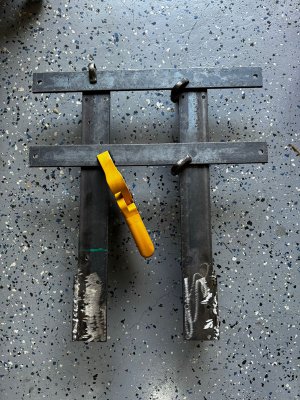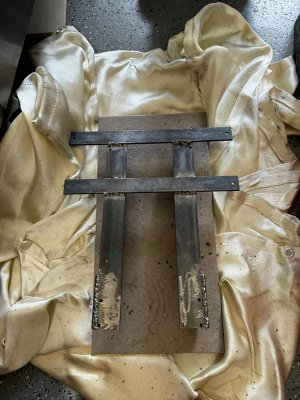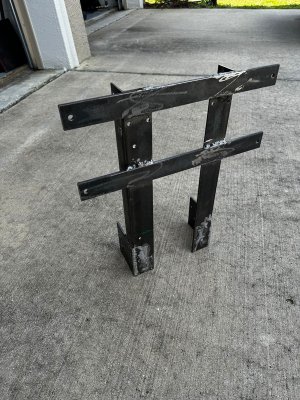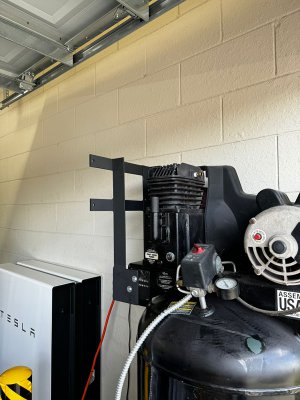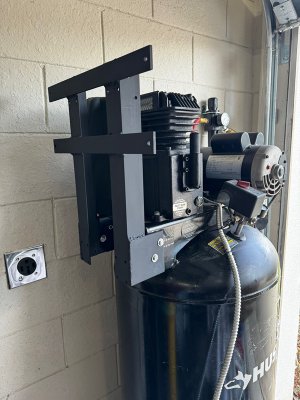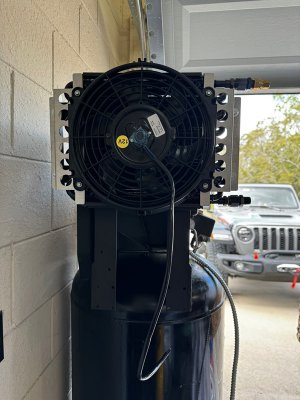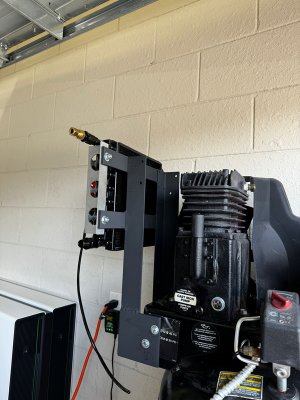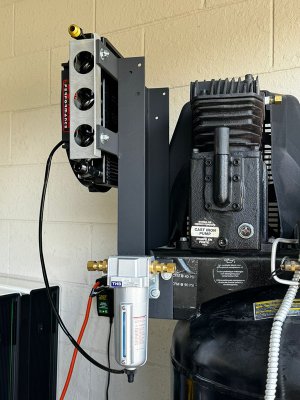- Joined
- Oct 16, 2019
- Messages
- 6,608
Thanks!
I was out today actually. 8deg C or about 48F.
A bit chilly but with heated grips and seat it’s not too bad


High quality densifiers & sealers are available from Protecrete and Sika (among others). As the names imply, they penetrate the concrete, changing the structure to make it denser and seal to prevent penetration. At the same time they allow the concrete to breathe. Applied by certified contractors, they come with warranties. I have seen several year old floors in raw food processing facilities treated so that they could pass FDA inspections that they previously failed. Products that can withstand food oils & organic acids as well as caustic chemicals will perform well in most industrial environments.Jeff
I’d have to go back and read up again. I used GhostShield products, which are pricey but well reviewed. Other similar products are cheaper. A hardener and a separate sealer. Chemically bond and harden the top layer, then fill in pores just below surface. Almost indistinguishable from an untreated surface when dry. Surface seems more abrasion resistant, not miraculously so but noticeable. Beads up oil and water to some extent, both will eventually penetrate which is why I am considering another application. I didn’t use anywhere near the recommended amount per sq ft as it needs to soak in rather than dry on the surface. I waited the recommended weeks before applying to new concrete but moisture content was an issue.
Not necessary. Found this for the product, 200 sq ft / galJeff
I’d have to go back and read up again. I used GhostShield products, which are pricey but well reviewed. Other similar products are cheaper. A hardener and a separate sealer. Chemically bond and harden the top layer, then fill in pores just below surface. Almost indistinguishable from an untreated surface when dry. Surface seems more abrasion resistant, not miraculously so but noticeable. Beads up oil and water to some extent, both will eventually penetrate which is why I am considering another application. I didn’t use anywhere near the recommended amount per sq ft as it needs to soak in rather than dry on the surface. I waited the recommended weeks before applying to new concrete but moisture content was an issue.

Jeff
I’d have to go back and read up again. I used GhostShield products, which are pricey but well reviewed. Other similar products are cheaper. A hardener and a separate sealer. Chemically bond and harden the top layer, then fill in pores just below surface. Almost indistinguishable from an untreated surface when dry. Surface seems more abrasion resistant, not miraculously so but noticeable. Beads up oil and water to some extent, both will eventually penetrate which is why I am considering another application. I didn’t use anywhere near the recommended amount per sq ft as it needs to soak in rather than dry on the surface. I waited the recommended weeks before applying to new concrete but moisture content was an issue.
I used the same product on my floor and have been pleased with it. Doesn't look pretty like epoxy but pretty much eliminates dust, and strengthens the surface as Chazz said above. I put on several heavy coats at the recommended intervals. I have a fair amount left unmixed, that is way past its shelf life date. Not sure what exactly goes bad. Maybe Pontiac 428 might be able to enlighten us. Mike
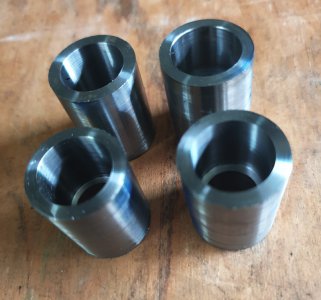
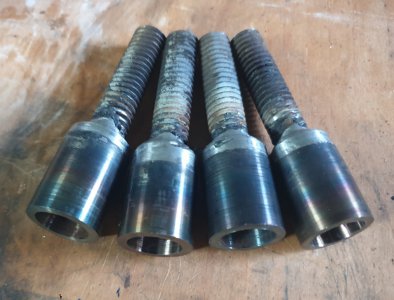
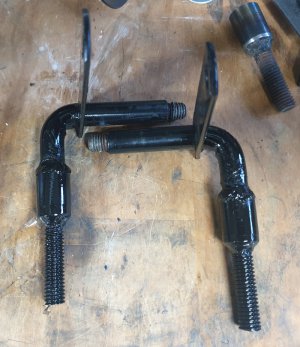
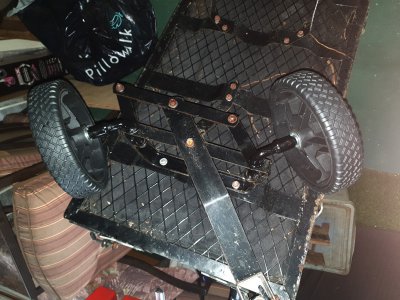
If you mean the silica/water glass, it never goes bad unless it dries out.
I'm no chemist, but I believe the concentration varies by product/brand, and thus the coverage. I used the GhostShield 4500 hardener and GhostShield 8505 sealer (water and oil resistant). The 4500 I used claims 1000 sq ft per gallon. There are a couple of different chemical make-ups for the hardeners. I picked what I did from an old post somewhere on here, and the manufacturer's website recommendations, so I'm definitely not an authority. Sounds like @ChazzC might have more experience.Not necessary. Found this for the product, 200 sq ft / gal
Ok, that's a simple one. The tertiary amine will degrade and the product will settle into the alkyl silicate that it's meant to after application. It will eventually cure in the bottle.Was referring to the Ghost Shield product. Thanks, Mike https://www.amazon.com/Siloxa-Tek-8500-Ultra-Concentrate-Penetrating/dp/B08K1F9MXG/ref=sr_1_3?adgrpid=1235851406769626&hvadid=77240880365864&hvbmt=bp&hvdev=c&hvlocphy=71673&hvnetw=s&hvqmt=e&hvtargid=kwd-77240973844385:loc-190&hydadcr=2848_13641870&keywords=ghostshield+8510&qid=1707662146&sr=8-3
